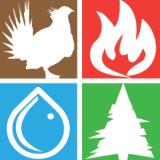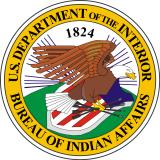Missouri River Basin Drought Update & Outlook – Tribal Webinar Series: May 24, 2022
This webinar provided a summary of winter and spring climate conditions in the Missouri Basin that have led to the current depiction of drought. It also included an outlook on what to expect this summer. Also, we discussed the current state of fire conditions in the Plains and the outlook for the summer.
This webinar was organized in partnership with NOAA’s National Integrated Drought Information System (NIDIS), North Central Climate Adaptation Science Center (North Central CASC), NOAA National Centers for Environmental Information (NCEI) Regional Climate Services, and the USDA Northern Plains Climate Hub. NOAA, USDA, and the North Central CASC partnered to host this drought webinar series throughout the summer and fall last year to provide resources to tribal resource managers in the Northern Plains. Given ongoing drought conditions in portions of the Northern Plains, as well as drought development and intensification in central and southern portions of the Missouri Basin, we intend to continue these webinars in 2022. Our goal is to provide relevant information on the drought and its impacts to assist with near and long term preparation and planning.
Key Partners
This webinar is organized in partnership with NOAA’s National Integrated Drought Information System (NIDIS), the North Central CASC, NOAA National Centers for Environmental Information Regional Climate Services, and the USDA Northern Plains Climate Hub.







